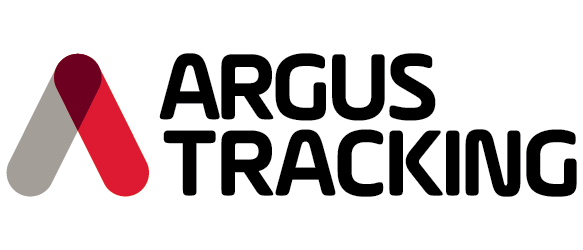If you manage a fleet of vehicles, you probably know the challenges of keeping operations smooth and cost-effective. This is where GPS tracking steps in like a trusted ally, offering real-time visibility, improved driver safety, and potential cost savings.
In this easy-to-follow guide, we’ll walk you through the GPS tracking implementation process so you can see how it can assist your fleet management processes and benefit your fleet.
#1 - Define Your Objectives
Before you begin searching for a telematics provider, it’s crucial to clearly define your fleet objectives for implementing GPS tracking. Consider what you aim to achieve, whether it’s improving driver safety, reducing fuel consumption, optimising routes, or enhancing customer service. With the right GPS tracking provider, you’ll gain access to the tools and features needed to reach your objectives.
What are the primary goals we want to achieve with GPS tracking? (e.g. safety, cost reduction, efficiency, customer service).
How will the success of the GPS tracking system align with our overall business objectives and priorities?
What specific key performance indications (KPIs) should we establish to measure the success of the GPS tracking implementation? (See step #7.)
#2 - Assess Your Fleet’s Needs
Now that you’ve defined your objectives, it’s time to identify your fleet’s needs. Think about the number of assets there are and consider features like maintenance alerts, advanced reporting, and driver safety tools to form the basis of your search.
How many assets require GPS tracking, fleet management, or both?
Are you looking for a basic or more advanced solution?
#3 - Choosing a GPS Tracking Provider
It’s no simple task, but selecting a telematics provider that aligns with your fleet’s objectives is a MUST! It’s essential to research and compare different providers to ensure that you find a solution that has the tools needed to reach your goals. Look for a provider with a proven track record (read customer reviews and case studies), excellent customer support, and an intuitive interface.
Still need some help? Head to our Fleet Managers Guide to Finding a Tailored Telematics Solution guide.
#4 - Installation & Setup
Once you’ve settled on your preferred telematics provider, the installation and setup phase is generally a straightforward process. The provider should be equipped to handle this on your behalf. For instance, here at Argus Tracking, we’ll organise and install the units in your vehicles at a time and date that aligns with your schedule. Alternatively, they may recommend a qualified auto-electrician or provide you with comprehensive installation instructions.
Note: If you opt for a DIY installation or if a professional other than the telematics provider is handling it, you must ensure that the process is carried out meticulously. This is imperative to guarantee that the data captured is accurate and reliable.
#5 - Data Integration
Many telematics providers are committed to offering APIs and integration solutions, allowing you to effortlessly combine GPS tracking data with other vital systems, such as job dispatch and scheduling software (vWork), pool booking platforms (Fleetwise), and mobile apps. If this aligns with your fleet management goals, it’s a great idea to team up with your dedicated Account Manager to help establish these essential connections.
There’s nothing like seamless data integration!
#6 - Staff Training
While introducing GPS tracking into your fleet is a significant step forward, its true value shines when your team knows how to use it effectively. That’s where comprehensive training plays a vital role. It ensures that everyone, from your drivers to the administrative and fleet management teams, can harness the system’s capabilities to the fullest extent.
Depending on your chosen provider and the specific plan you’ve opted for, training should cover the basics of system operation, interpretation of data, and best practices for optimal use. If this kind of training isn’t already included in your plan, it’s a good idea to reach out and request it. The knowledge and skills gained through training will empower you and your team to unlock the full potential of the platform.
#7 - Set Key Performance Indicators (KPIs)
Now that your new telematics system is up and running, it’s time to set (and keep a close eye on) KPIs that align with your objectives. These metrics are the yardstick for measuring the success of your GPS tracking implementation. Consider focusing on KPIs related to areas such as fuel efficiency, instances of over-speeding, and driver safety metrics.
#8 - Monitor & Adjust
It’s time to sit back, relax, and let the data roll in. Regularly monitoring your KPIs is like keeping your finger on the pulse of your fleet operations.
Why is it important? Well, it’s how you gauge the real impact of your GPS tracking system and ensure it’s steering you toward the outcomes you aimed for. It’s not just about having the technology; it’s about using it smartly to make informed decisions and elevate your fleet operations.
So, embrace the data, soak in the insights, and be ready to adjust your strategies when needed.
Implementing GPS tracking for your fleet can be a transformative experience, providing invaluable insights into your operations and helping you achieve your objectives. Follow this guide to navigate the process, from setting goals to training your staff and reaping the benefits.



